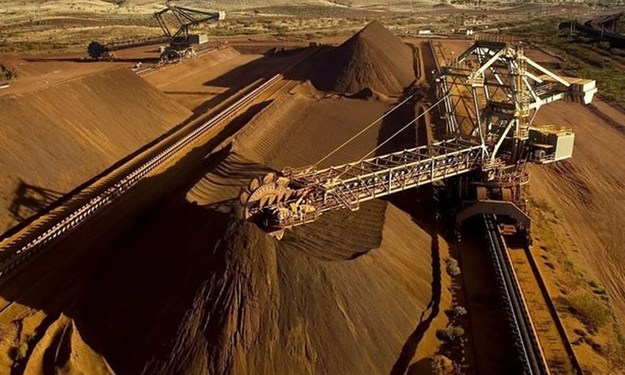Investing.com – Natural gas futures started the week off with sharp gains on Monday, as traders returned to the market to seek cheap valuations after prices fell by the most since late February in the last session.
surged 8.6 cents, or around 3%, to $3.002 per million British thermal units by 9:20AM ET (1420GMT). It plunged 15.5 cents, or 5.2%, on Friday, the biggest daily drop since Feb. 21.
The commodity lost 9.2% last week, marking the largest weekly percentage decline since the period ended Feb. 3., as forecasts for a warm start to December raised the specter of a third straight mild winter.
Gas futures often reach a seasonal low in late October and early November, when mild weather weakens demand, before recovering in the winter, when heating-fuel use peaks.
The heating season from November through March is the peak demand period for U.S. gas consumption.
Meanwhile, market participants looked ahead to this week’s storage data due on Thursday, which is expected to show a draw in a range between 40 and 52 billion cubic feet (bcf) in the week ended Nov. 24.
That compares with a drop of 46 bcf in the preceding week, a fall of 50 bcf a year earlier and a five-year average decline of 47 bcf.
Total natural gas in storage currently stands at 3.726 trillion cubic feet (tcf), according to the U.S. Energy Information Administration. That figure is 319 bcf, or around 7.9%, lower than levels at this time a year ago and 121 bcf, or roughly 3.2%, below the five-year average for this time of year.
Analysts estimated the amount of gas in storage would end the April-October injection season at 3.8 tcf due primarily to higher liquefied natural gas shipments abroad. That would fall short of the year-earlier record of 4.0 tcf and the five-year average of 3.9 tcf.
Fusion Media or anyone involved with Fusion Media will not accept any liability for loss or damage as a result of reliance on the information including data, quotes, charts and buy/sell signals contained within this website. Please be fully informed regarding the risks and costs associated with trading the financial markets, it is one of the riskiest investment forms possible.
Source: Investing.com



























